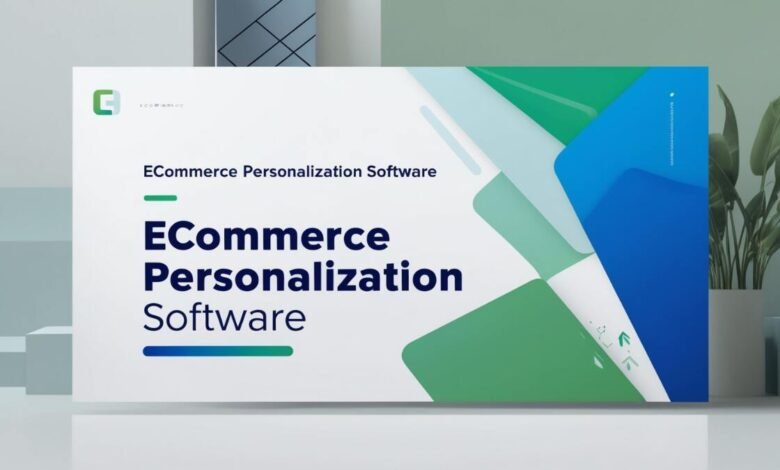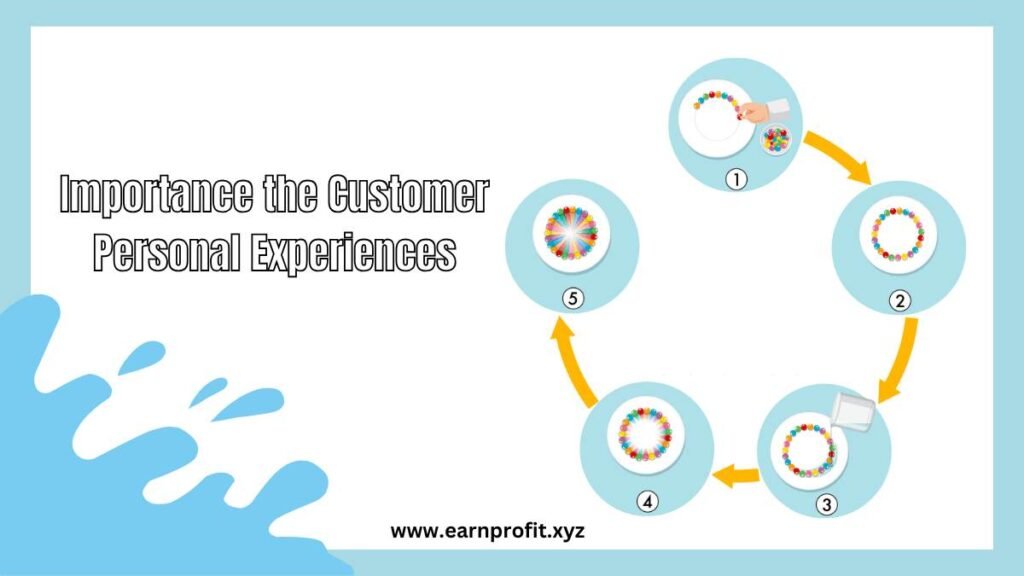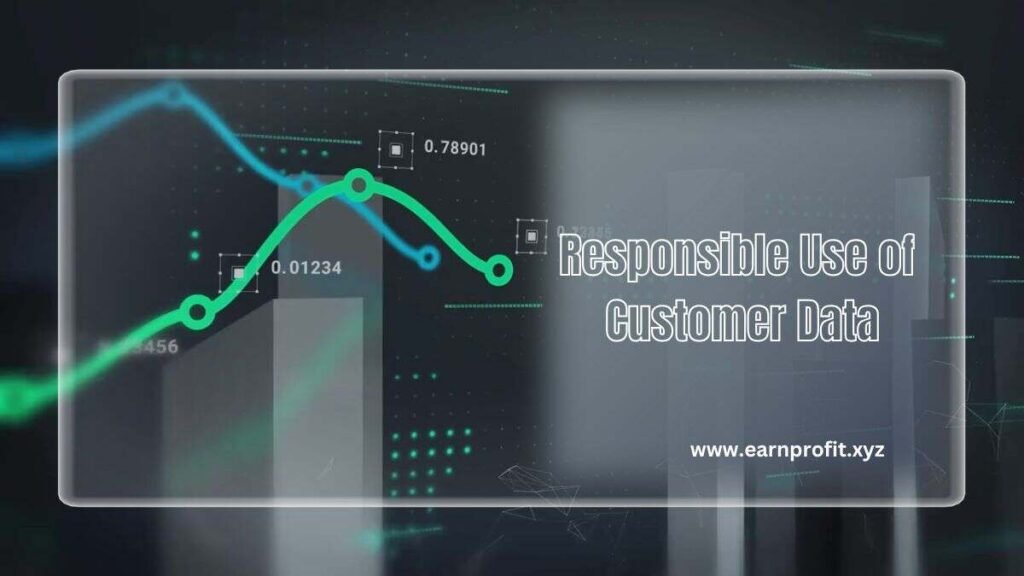Ecommerce Personalization Software: Ultimate Solutions Work
Ecommerce Personalization Software

Ecommerce personalization software serves the purpose of transforming the overall online shopping experience, in which every user feels unique. In this regard, this paper looks at the problem of personalization software and features such as customer experience personalization. Recommendation engines for products, and customized content.
2.Looking into Personalization of Ecommerce in Detail.
Personalization of e-commerce means customizing online selling and buying. In such a way that is relevant to the targeted customers interaction, behaviors, and needs. In marked contrast to conventional marketing which focuses on the one-message-one-audience paradigm. Personalization focuses on creating diverse meaningful experiences that make a customer unique. This, in turn, increases user refreshedness and retention metrics.
3. What is E-commerce Personalization Software
Ecommerce personalization software refers to a system that combines complex. Algorithms and data analytics to present different experiences to shoppers in different locations. Based on the available customer information data, which includes browsing history. Purchases made, and areas of the clientele demographics, these instruments suggest products, appropriate content, as well as suitable campaigns. This enhances the relevance and interest of each customer’s interaction with the online shop.
4. Importance the Customer Personal Experiences

Creating a Tailored Shopping Journey the goal of the personalization of the customer experience is to walk through a journey that seems customized to them. Based on the history and taste of the users, ecommerce sites have the capability of suggesting products. Changing the content, or directing the customers to potential items they may like. For instance, a consumer who has a habit of purchasing sports goods will likely be shown a particular. Type of content that matches his interests and the shopping experience is therefore improved.
Building Stronger Customer Relationships Underlying confidence and a connection of some kind is built between the online store and potential clients when the clients’ interests and preferences are well known. This is not just about a single event; it also promotes the affinity and relationships over an extended duration. The clients feel cared about and visible to the business as a result of the personalized experience which, in turn. Helps increase the retention and lifetime value of the customer.
5. Leveraging Product Recommendation Engines
How Personalized Recommendations Can Improve the User Experience
Personalized recommendations of products can add significant value to the experience of users as they enable customers to find items that they may not have otherwise been able to find. This not only leads to a higher, retention rate but also leads sales increase and average order values. For example, numerous ecommerce market leaders have been reporting an increase in sales generated from personalized suggestions embedded in their platforms.
How To Use Behavioral Targeting Software
Behavioral targeting refers to the process of first tracking and later analyzing user’s activity on an ecommerce site such as pages visited, duration spent on every page, and actions/interaction made. Such information is then employed in creating more enhanced and detailed customer profiles which enable businesses’ to make the shopping experience habit even more personalized.
6. Improving Targeted Marketing Agendas
By means of behavioral targeting , clients’ ecommerce marketers have the chance to say more appealing ads and have better promotions while targeting other ecommerce users. By example, if a customer has been searching visually for many days the e-hiking gears, they may be tempted with product ads on the new arrivals or items that are associated with it. This kind of targeting enhances the likelihood of conversions and increases the effectiveness of the marketing campaigns.
7. Dynamic Content Personalization
What is Dynamic Content Personalization?
Dynamic content customization changes website content in real-time by linking the information with the data created by the visitor. This may be headlines, images, product listings, and many more different content items in order to resonate better with what a visitor may want to see based on previous actions.
How It Improves User Engagement
Serving content that has a direct relation to the visitor’s interests would drastically impact engagement. Using the example above, for instance, a frequent consumer searching for environment-friendly products is most likely to be shown more environment-friendly items and eco-related promotions. This will keep the user for a considerable amount of time on your site and increase chances for further exploration and eventually purchase.
8. Ecommerce Personalization Best Practices
Responsible Use of Customer Data

Personalization can truly add a rich dimension to the customer shopping experience; however, it remains the most critical accountability of the use of responsibly customer data. Transparency and consent are two priceless conditions above which all user data processing activities need to conform. Well, following laws on data protection-such as the General Data Protection Regulation-GDPR-helps establish trust and maintain compliance.
Updating Personalization Strategy Regularly
Customer preferences and behaviors keep changing; hence, personalization strategies should not stick to one as a rule. Reviewing and refining the strategies regularly will guarantee that personalization stays effective.
9. Conclusion
Ecommerce personalization software fundamentally changes the business and its relationship with the customer. A business can now create experiences that are unique to the client yet relevant at the same time. Product recommendation, behavior-based targeting, and even dynamic content customization are just a few examples of how personalization increases user satisfaction and drives sales as well as loyalty. With this technology in a never-ending state of evolution, keeping track of trends in relation to striking a balance for data privacy rather than personalization will be key to sustainable success. Through these approaches, a business can enhance its online features and stand out within the ecommerce competition.
10.Frequently Asked Questions
What is ecommerce personalization software?
Ecommerce personalization software utilizes data analytics to make customized experiences during shopping according to the preferences of individuals. This, in turn, will generate higher engagement along with conversion rates.
How do I know a product recommendation engine works?
A product recommendation engine takes input from users and provides recommendations using collaborative filtering and content-based filtering-based algorithms to adapt to user preferences .
What is behavioral targeting software?
Behavioral targeting software tracks and analyzes the users’ behavior on an ecommerce website for the delivery of personalized ads and content that caters to user tastes .
What is dynamic content customization?
Dynamically changing the content personalization altering-the contents on the website can be changed in real-time based on the information gathered about users, therefore, giving headlines and pictures or the recommended products suited to them.
What are ecommerce personalization challenges?
Some of the challenges encountered in ecommerce personalization include.Balancing personalization with the user’s privacy.Compliance with regulations concerning data. Avoid over-personalizing so as not to jam a user.




